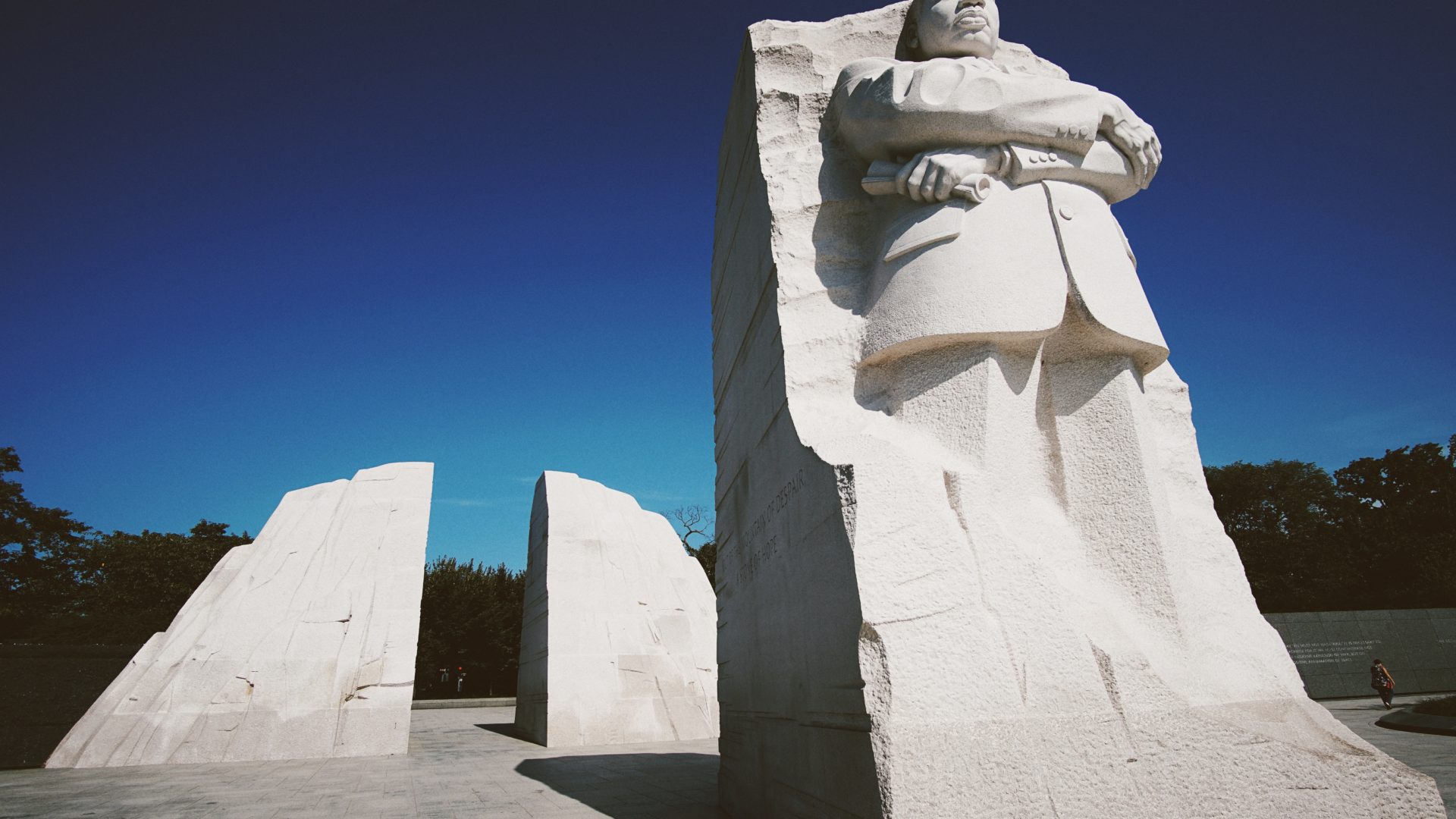
Dr. King’s Affordable Housing Legacy
As the nation stands on the cusp of an affordable housing crisis, it could easily be thrown aside as just another one of Dr. Martin Luther King Jr.’s dreams deferred.
While most know and recognize Dr. King for his role in leading the Civil Rights Movement and de-segregation in the South, when he turned to the North he looked at the no-so-obvious racism as demonstrated fiercely in unfair lending and housing practices. While African-Americans migrated to the North – specifically cities like Chicago, Detroit and other industrial hubs – for better economic opportunities, they were often met with no place to live and few options to choose from, even when they had the money and good credit. Racism in the north may not have been law as it was in the south, but it didn’t necessarily mean white families welcomed black families living next to them in suburban single-family homes or city high-rises.
In 1966, Dr. King moved to the Chicago West Side to experience, and show the world, the slum conditions many African-Americans were confined to in cities all over America. It was in Chicago that he began to face a level of racism that he said he’d never seen before and began his campaign for “open housing” and fair hiring practices.

Eventually the Chicago Housing Authority promised to build public housing with limited height requirements and lenders agreed to make mortgages available regardless of race. The Fair Housing Act was passed seven days after Dr. King’s 1968 assassination. And though that Act remains a bedrock concept, the unfortunate reality is that anemic implementation has facilitated minimal results.
The white supremacist rallies that took place in August 2017 set a spotlight on Charlottesville, both from the outward national attention and the inward self-analysis the community was due. Talk began of the setbacks that African-American communities have endured since Dr. King’s death. How the War on Drugs ravaged urban spaces, physically, mentally, and spiritually. How urban renewal and gentrification has made those spaces smaller and smaller. How zoning set in place at the height of forced integration still dictates school districts in the South today.
Specifically, in Charlottesville the attention turned to a reinvigorated conversation on Vinegar Hill, West Haven and the redevelopment of Friendship Court.
Friendship Court was built about 10 years after Dr. King’s assassination, and it was likely not at all how he envisioned affordable housing 10 years after he grabbed hold of the issue. Developed as a 12-acre master block after the previous African-American neighborhood fabric was erased during Urban Renewal, the community has remained economically and physically isolated from the rest of the city for decades.
Friendship Court’s future, and the future of affordable housing in the community, depends on us as a city and as a nation. The pain of the past can’t be undone. Loans that were once denied, can’t be made. Higher rents can’t be returned. However, we do have the opportunity to lift up Dr. King’s legacy with real and substantial strides as we move forward with redevelopment by fundamentally listening to those who are impacted most, the residents of these communities.

